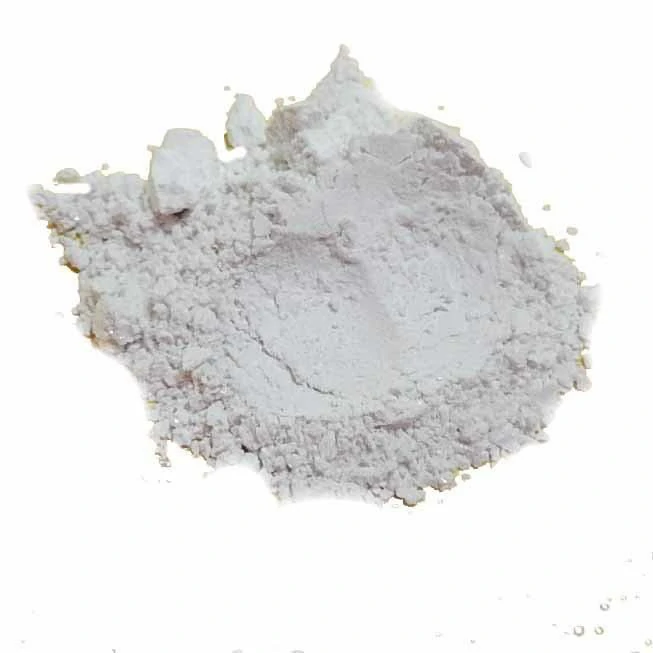Construction and functionalization of ultralight and superelastic nanofiber aerogels

Construction and Functionalization of Ultralight and Superelastic Nanofiber Aerogels
Introduction:
Nanofiber aerogels have emerged as a significant class of materials due to their remarkable properties, such as ultralightness, high porosity, and superelasticity. In recent years, extensive research has been conducted to develop advanced techniques for the construction and functionalization of these extraordinary materials. This article aims to provide an overview of the construction and functionalization of ultralight and superelastic nanofiber aerogels.
Construction of Nanofiber Aerogels:
The construction of nanofiber aerogels involves two critical steps: nanofiber synthesis and gelation. Various techniques, including electrospinning, self-assembly, sol-gel, and templating, have been employed to synthesize nanofibers with tailored properties. Electrospinning, in particular, has gained significant attention due to its simplicity and versatility. By applying an electric field to polymer or ceramic solutions, nanofibers with high aspect ratios can be produced.
After obtaining the nanofibers, gelation is necessary to form the aerogel structure. The most commonly used method is freeze-drying, which involves freezing the gel and removing the solvent under vacuum. This process preserves the nanofiber network, resulting in a highly porous, three-dimensional (3D) structure. Other gelation methods, such as supercritical drying and ambient drying, have also been explored.
Functionalization of Nanofiber Aerogels:
Functionalization of nanofiber aerogels involves the incorporation of additional materials or modification of the nanofiber surface to enhance specific properties. This enables tailoring the aerogels for various applications, such as energy storage, catalysis, filtration, and sensing.
One approach to functionalize nanofiber aerogels is through composite formation. By mixing the nanofibers with different materials, such as polymers, metals, or nanoparticles, the mechanical and functional properties of the aerogels can be enhanced. For instance, the addition of carbon nanotubes can improve the electrical conductivity of nanofiber aerogels, making them suitable for energy storage applications.
Surface modification is another method for functionalization. It involves chemical or physical treatments to modify the surface chemistry or morphology of the nanofibers. This can enhance properties like hydrophobicity, biocompatibility, or catalytic activity. For example, coating the nanofibers with a thin layer of metal oxide can improve their adsorption capacity for pollutant removal.
Applications of Nanofiber Aerogels:
The unique properties of ultralight and superelastic nanofiber aerogels make them attractive for a wide range of applications. In the field of energy storage, they have shown promise for supercapacitors and lithium-ion batteries due to their high surface area and porosity.
In the environmental sector, nanofiber aerogels can be used for water purification, air filtration, and oil spill remediation. The interconnected nanofiber network provides a high contact surface area, enabling efficient adsorption and separation of contaminants.
Furthermore, nanofiber aerogels find applications in biomedical fields, including tissue engineering and drug delivery systems. Their high porosity and biocompatibility make them suitable for cell growth and controlled release of therapeutics.
Conclusion:
The construction and functionalization of ultralight and superelastic nanofiber aerogels offer tremendous opportunities for the development of advanced materials with tailored properties. With ongoing research and advancements in nanotechnology, these aerogels are expected to find even broader applications in various fields, ranging from energy storage to environmental remediation and biomedical engineering. Continued efforts in this area will contribute to the advancement of nanotechnology and the development of innovative solutions to address societal challenges.
.webp)






